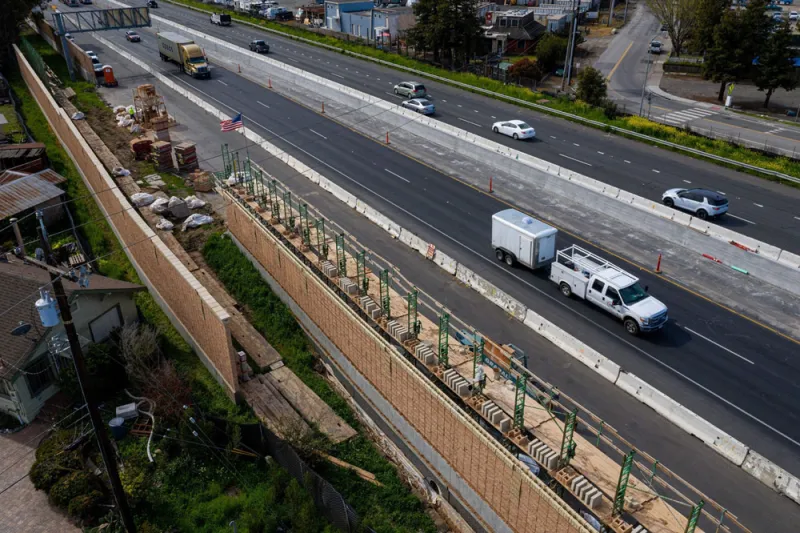Fundraising for real assets hit its lowest level since 2012, but infrastructure, a relatively consistent sector, is expected to attract more capital in the coming quarters.
According to PitchBook's Real Assets report for the first quarter of 2021, released this week, fundraising in real assets has lagged over the past four quarters — just 73 funds closed with a total of $62.7 billion over the period ending March 31. In the first quarter alone, a mere 18 funds closed, with $13.8 billion in capital raised.
But the report noted a big gap in the real assets space. While the number of infrastructure funds dipped during the pandemic, owing to a small number of colossal funds dominating the sector, they have seen relatively consistent levels of fundraising in the past few years. Oil and gas fundraising and deal activity, however, have declined dramatically since the beginning of 2020. That's not surprising given the turmoil in the oil and gas markets.
During the height of the pandemic and over its recovery period, infrastructure funds showed low volatility, with internal rates of return, or IRRs, ranging between 5 to 15 percent; even during some of the worst months of the pandemic, returns for the sector stayed positive. “Although Covid-19 undoubtedly dented the returns of some infrastructure assets, especially in the air and road verticals, the strategy’s resilience proved the investment thesis and will likely continue to attract investors,” the report stated. “In addition, inflation, whether resulting from fiscal stimulus and wage growth or local currency depreciation, can be a boon for infrastructure assets with pricing contracts tied to inflationary measures.”
A ‘Bifurcation’ in Real Asset Performance
Infrastructure may have survived the past year because of its “anti-inflationary properties,” according to Fernando Rodriguez and Nicolai Sarad, partners at Bracewell, an infrastructure and finance law firm. Investors are attracted to the sector because of its monopolistic properties, Rodriguez said.For government-backed public infrastructure projects, Rodriguez told Institutional Investor that “the grantor, whoever has the right to control those fees, can allow flexibility in the increase of those prices, so that’s how we think they’re inflation protected.”
For years, the oil and gas industry has struggled in the market. With lower energy prices and increasing global demand for clean energy resources, fundraising for the sector has been pressured for years, according to the report. In the first quarter of 2021, no oil and gas funds had a final close. The sector hasn’t rebounded since the start of the pandemic, as it has for other strategies, and performance “remains depressed,” the report stated. “Returns for the three quarters following the dip have been flat.”
PitchBook analysts Wylie Fernyhough and Rebecca Springer expect oil and gas fundraising performance to improve to an extent. “The current sustained upswing in oil prices ought to buoy fund returns in the coming quarters, though just how long it will take NAV to surpass its pre-pandemic peaks remains a question.” The report cautioned, “Whether the positive returns are enough to make investors whole, let alone enough to commit more capital to the strategy, remains to be seen.”
In the long run, PitchBook expects carbon taxes and higher costs of capital to have further negative impacts on the sector, even though demand for these resources likely will remain relatively high for many years.
“The demise of carbon is prematurely forecasted, I think,” Bracewell's Sarad added. “It’s going to be up to various industrial players to figure out how to utilize carbon in the most efficient ways.”
As for infrastructure, funds are paying close attention to large government spending developments, and specifically, the role that public-private partnerships will play in these projects in the U.S., Canada, and Europe.







